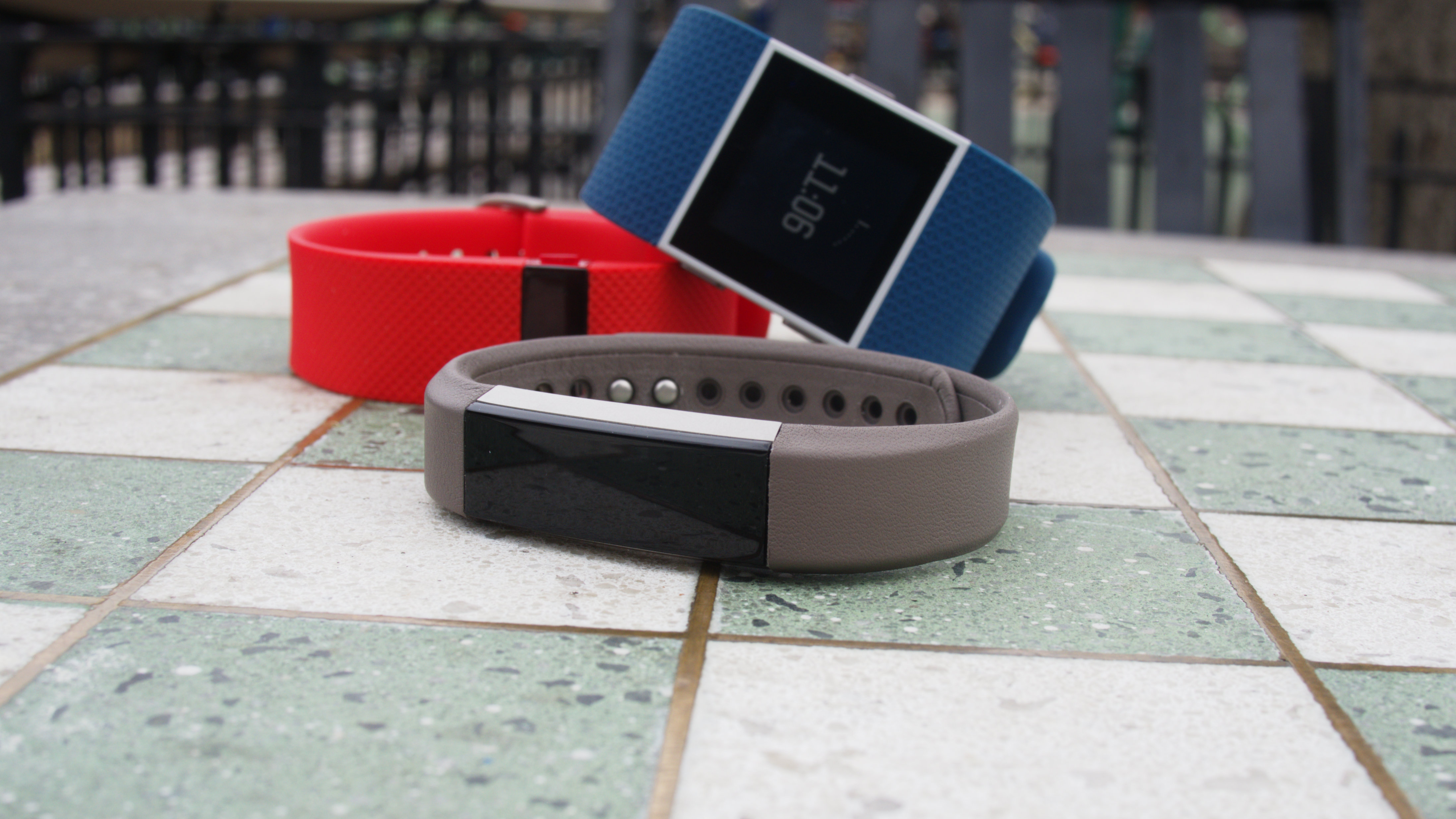Why you can trust TechRadar
Like many other Fitbits and most fitness trackers, the specs inside, other than the sensors and battery, don't really paint a picture of what your experience might look like.
The Alta runs on Fitbit's own software and differs beyond comparison to other, more capable wearables and smartwatches, such as anything running Wear OS, or the watchOS-running Apple Watch 4, or even the Fitbit Versa and Fitbit Ionic.

What is important to point out about the Alta's specs is that they allow it to do everything it sets out to do with ease and relative grace. Under the tough, plastic hood of the display, there's an OLED screen that's never difficult to see.
Beneath the screen, the Alta comes stocked with an accelerometer, which tracks your steps and can kick into SmartTrack after 15 minutes of consecutive activity. This wearable operates over Bluetooth 4.0, and also features a vibration motor, an essential ingredient in today's connected devices. It buzzes to notify you of texts and calls, and provides a celebratory array of pulses when you bust your fitness goals wide open.

The battery life is the real star inside of Fitbit's latest fitness tracker. Once we received our review unit, we topped off the charge and let it drain. To our delight, the Alta lasted for a week and change. And that's with constant use, too.
Performance
As I stated earlier, the Fitbit Alta does exactly what it says it will, but not much else. Using it as intended, it stays on your wrist until it needs to be recharged. And because of this tracker's rather limited standalone functionality, there's not much reason to fiddle with it at all. This is good, as it just allows you get on with your day. But it's also not good, as its tap-sensitive screen is as responsive as a hormonal teenager.
The functionality of a Wear OS smartwatch, by unfair comparison, dwarfs the Alta. Regardless, I enjoy messing around on the screen, checking things that I already checked 5 minutes ago, even if I'm just draining the battery unnecessarily. The Alta allows you to scroll through your progress, which is just fine, but on most tries to do so, the screen just flat-out does not respond.

Most of my time with the Alta has been spent without even realizing that it's on my wrist, which is mostly a testament to its comfort. But, it's also just such a pain to get working that I'd rather not even try.
The Alta switches on almost without fail whenever I flip my wrist in that "checking-the-time" motion. But, of the few, lucky times I get it to turn on with a double-tap gesture, it doesn't respond to single taps to switch pages, and powers off after a few, frustrating seconds.
During the tutorial for the Alta, the Fitbit app instructs you to "bump, whack or tap" the Alta to wake it up "since it's not your typical touchscreen." It's true. What Fitbit has implemented is a tap-sensitive screen that wakes for accelorometer-jolting feedback. In my experience, smacking the Alta tends to work better than forcefully tapping it, but I'd rather not appear to be having an episode in public.
The two things that I've found that the screen does well is glimmer beautifully in the light and tell me when the battery is almost dead. And that's fine, for the most part. It's built to be a chic device, but a small button added to the side of the module really wouldn't have shattered the illusion that you're wearing a fitness tracker and not a boutique bracelet. That was already out the window when you spent two straight minutes tapping it to get it to turn on.

During my time with the Fitbit Alta, I tracked a few exercises, several miles of walking and a few weeks worth of sleep. Thanks to the new SmartTrack addition, I didn't need to manually log my fitness activities. It started tracking them after a few minutes of movement. And overall, the step tracking was simple to trigger, but rather touchy. If I bounce up and down in place for a few seconds, it will have added a bunch of false steps to my progress.
Like exercise, the Fitbit Alta can also detect sleep automatically, though I was better off triggering sleep mode via the app. I tend to fall asleep rather quickly and the Alta lagged behind a bit to begin logging my snooze. All said, the app displays sleep metrics in detail, so you can see exactly when you went to sleep, as well as how many times you woke up in the middle of the night.
Interface
Becoming familiar with the Alta's simple interface doesn't take long. The default screen shows the time and, depending on your selected watch face, the date and your overall progress made toward your main goal. You can switch between steps, distance, calories burned, and active minutes as your "main" through the Fitbit app.
You can also toggle the order in which the different pages appear in the Alta's user interface. For instance, If you'd rather see how many miles or kilometers you've traveled, you can make that your main page.
The interface of the Alta is generally used for checking in on things, not for making any adjustments. For that, you'll need your phone and the Fitbit app. Here, you can do things like adjust goals, check in on new challenges to take on and take a look at the remaining battery life. I'll dig into the app more on the next page.
SmartTrack empowers both you and the Fitbit Alta to leave your phone at home. Sure, it doesn't have GPS, but this automatic exercise detection feature can track workouts ranging in length from 10 to 90 minutes. It's adjustable, so you can push yourself to meet a minimum exercise duration before the Alta tracks the data.
Current page: Specs, performance and interface
Prev Page Design and comfort Next Page App, compatibility and battery lifeCameron is a writer at The Verge, focused on reviews, deals coverage, and news. He wrote for magazines and websites such as The Verge, TechRadar, Practical Photoshop, Polygon, Eater and Al Bawaba.

